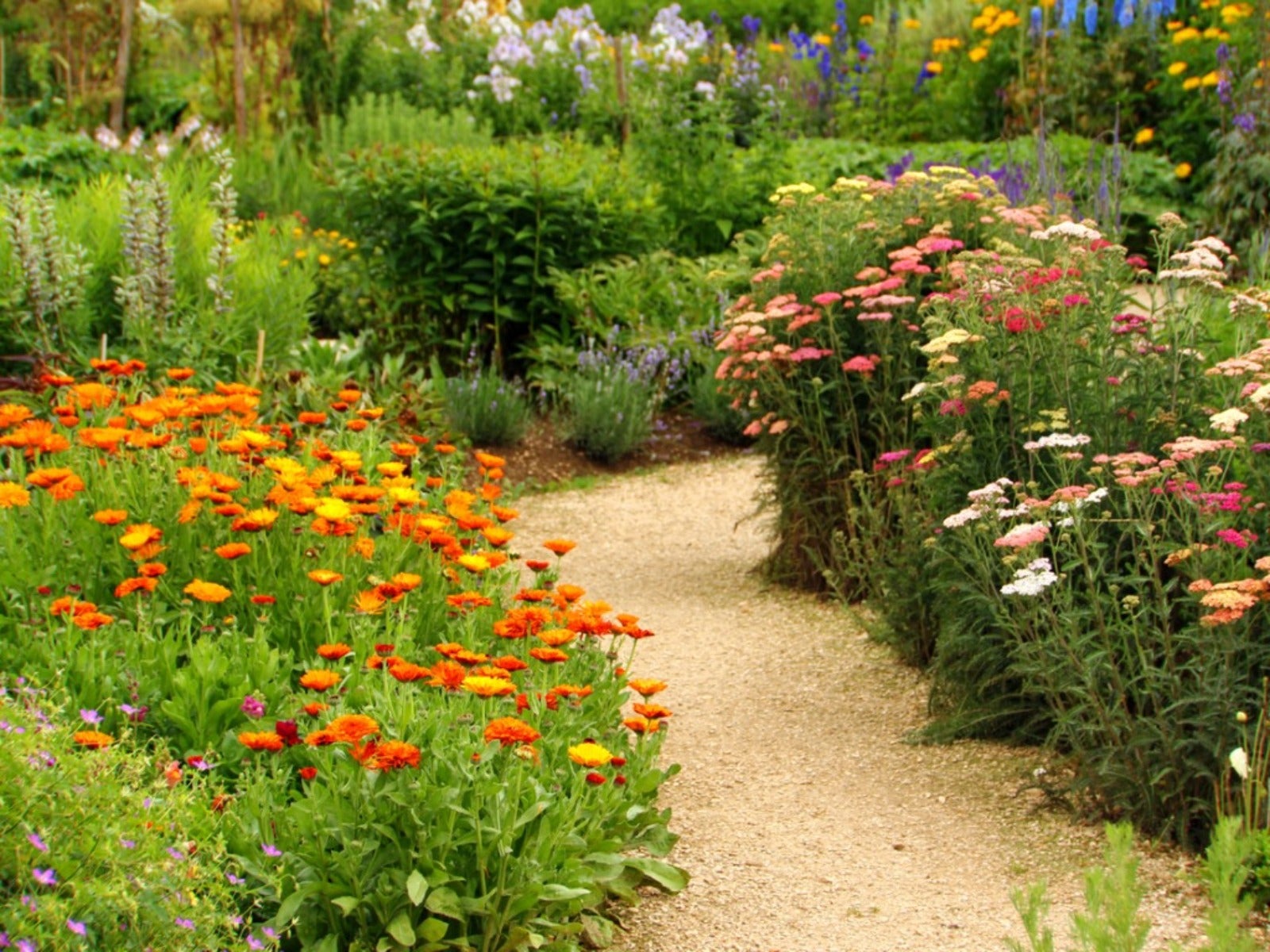Carbon Gardening: Gardening To Reduce Your Carbon Footprint


Does gardening reduce your carbon footprint? It can, if you do it right! Plants take in carbon dioxide during the process of photosynthesis, then convert it to sugar for energy. So, when you install lots of plants, your garden is absorbing carbon dioxide like a living sponge. To learn about the best carbon sink plants, read on.
Does Gardening Reduce Carbon Footprint?
Everyone knows that carbon dioxide is the principal greenhouse gas responsible for climate warming, but most of us have no idea what we can do to help. Carbon gardening is one way the average human living on the planet can help reduce the amount of carbon dioxide gas (CO2) released into the atmosphere. The idea is to increase the number of carbon trapping plants to absorb more CO2 from the atmosphere and convert it to organic matter that will be stored in the soil.
Best Carbon Sink Plants
One important step of creating a garden that traps and sinks carbon dioxide is to be careful when it comes to plants you install. Your best bets for carbon reducing plants are locally indigenous plants. Native local plant species do not compete with each other, but rather form communities of connected and mutually beneficial organisms.
This choice reduces the need for artificial fertilizers, which pollute water and emit potent greenhouse gasses. Local native plant species also know how to get by on natural irrigation as well. Remember that carbon sink gardening works best with regional diversity. That means that you can fold in a few exotic or non-native species, as long as the vast majority are local.
Think of plant layers when you are working on carbon gardening. It makes sense that the more plants in an area, the more carbon can be scrubbed from the air. Start with trees, with their huge volume of leaves, and especially evergreen trees that continue to “breathe” through the winter. Under the trees, install a layer of shrubs, then a perennial layer, and finally groundcover. The effect of layering will be to maximize the amount of carbon absorbed by your garden.
Other Carbon Sink Garden Tips
There are a few more steps a gardener can take to create the most efficient carbon garden. One is to set up and use a home compost. Home composting takes a bite out of the methane and other greenhouse gasses that are emitted from landfills. Since garden compost includes leaves, grass, woody clippings, dead plants, and food scraps, it feeds the soil microbes that sequester carbon and improve soil fertility.
Homemade compost serves many useful purposes in the garden. It is a great alternative fertilizer, which reduces the amount of synthetic or chemical fertilizers. It also works as mulch, insulating plants and preventing water loss and weed growth.
Sign up for the Gardening Know How newsletter today and receive a free copy of our e-book "How to Grow Delicious Tomatoes".

Teo Spengler is a master gardener and a docent at the San Francisco Botanical Garden, where she hosts public tours. She has studied horticulture and written about nature, trees, plants, and gardening for more than two decades, following a career as an attorney and legal writer. Her extended family includes some 30 houseplants and hundreds of outdoor plants, including 250 trees, which are her main passion. Spengler currently splits her life between San Francisco and the French Basque Country, though she was raised in Alaska, giving her experience of gardening in a range of climates.